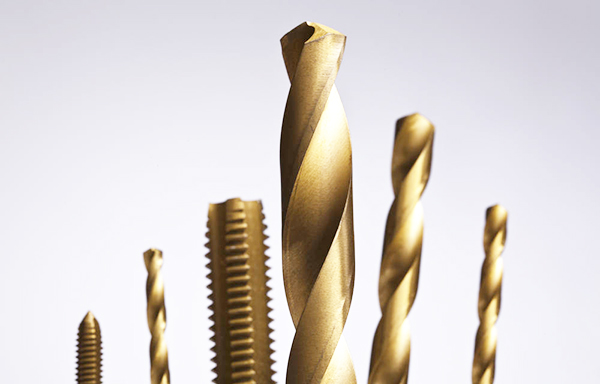Tools in the production process will encounter a variety of problems, the master of mechanical processing often asked, “why can’t I use this cutter for so little time?”
Under the condition of high temperature, the tool will be gradually worn and damaged by the chip friction of the workpiece. But how can we distinguish the normal wear from the abnormal wear?
Normal wear and tear
Normal wear refers to the wear pattern that gradually expands with the increase of wear over time. There are two aspects that are clearly indicated as normal wear.
- Front wear: there is crescent depression wear at the front edge of the blade, which is formed by friction and high-temperature and high-pressure action during chip outflow.
- Main rear wear: the main rear wear is divided into three areas. It is assumed that blade tip wear C zone, and wear loss VC is caused by low strength and concentrated temperature near the blade tip. In the intermediate wear area B, except for uniform wear amount VB, the maximum wear amount in the severe wear area is VBmax, which is caused by friction and heat dissipation difference. The boundary wear N zone, where the cutting edge and the surface to be processed wear VN, is caused by high temperature oxidation and surface hardening.
Abnormal wear
Abnormal wear is usually caused by tool damage caused by impact, uneven heating and improper use during cutting.
- Crushing: small crushing on the cutting edge is caused by low cutting edge strength, impact and hard points in cutting layer.
- Cutting edge: it is easy to crack at the cutting point or cutting point, with brittle cutting material, low cutting strength and heavy cutting load.
- Thermal cracking: small cracks in the vertical cutting edge are caused by uneven cutting temperature, discontinuous cutting and uneven pouring of cutting fluid.
- Collapse: in the process of cutting, the cutting edge lost its cutting performance under the action of high temperature and high pressure, resulting in the collapse of the front or tip and cutting edge.
PURROS there are many sharpening machines. If your tools wear a little bit, you can use our tool grinder. Before you buy a new tool, you can use a grinded tool for a period of time to save manufacturing costs.
If you do not know our products, please feel free to ask. Our products include: drill bit re-sharpener, end mill re-sharpener, screw tap re-sharpener, lathe tool grinder, saw blade sharpener, universal(all-purpose) cutter grinder, universal(all-purpose) tool grinder, portable multi-purpose grinder for mill and drill, saw blade grinding machines, polish grinder vertical belt sanding machines, chamfer, air tapping machine, gear chamfering machine, universal(all-purpose) head, rotary table, etc. Continuously invent, improve in our management, provide professional and high quality products to satisfy and serve our globe customers’ needs.











